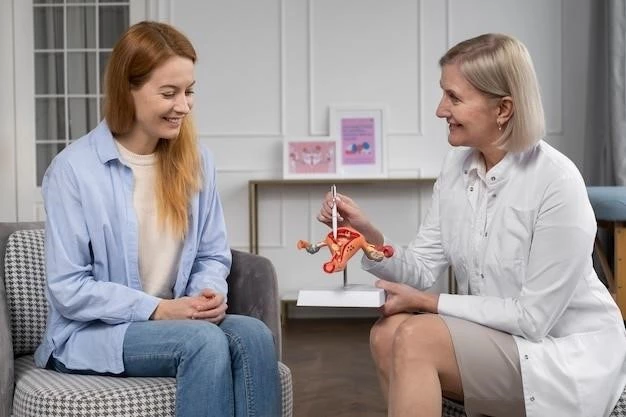Causes of Congenital Generalized Fibromatosis
Congenital Generalized Fibromatosis, a rare condition, is primarily caused by genetic mutations affecting the APC gene. These mutations lead to abnormal growths of fibrous tissue throughout the body, resulting in the characteristic symptoms of the condition.
Symptoms of Congenital Generalized Fibromatosis
Congenital Generalized Fibromatosis presents with symptoms such as firm, rubbery masses under the skin, limited joint movements, skeletal abnormalities, and in severe cases, compression of vital structures. These manifestations can impact mobility and quality of life.
Diagnosis of Congenital Generalized Fibromatosis
The diagnosis of Congenital Generalized Fibromatosis typically involves a combination of physical examination, imaging studies like MRI or CT scans, genetic testing to identify mutations in the APC gene, and a biopsy of the affected tissue for confirmation. A multidisciplinary team may be involved in the diagnostic process to ensure accurate and comprehensive evaluation.
Non-Surgical Treatments for Congenital Generalized Fibromatosis
Non-surgical treatment options for Congenital Generalized Fibromatosis may include physical therapy to improve mobility, pain management techniques, orthotic devices to support joints, and close monitoring of the condition to address any complications promptly. Collaborating with a multidisciplinary team of healthcare professionals is crucial in developing a personalized treatment plan for each individual.
Surgical Interventions for Congenital Generalized Fibromatosis
In cases where non-surgical options are insufficient, surgical interventions for Congenital Generalized Fibromatosis may involve excision of fibrous tissue masses, correction of skeletal deformities, or decompression of affected structures. These procedures aim to improve function, relieve symptoms, and enhance quality of life. The decision on the type of surgery is made based on the individual’s specific needs and overall health.
Prognosis of Congenital Generalized Fibromatosis
The prognosis of Congenital Generalized Fibromatosis varies depending on the extent of fibrous tissue growth, the presence of complications, and the individual’s response to treatment. Early diagnosis and appropriate management can help improve outcomes and quality of life for affected individuals. Regular follow-ups and close monitoring are essential to address any potential complications promptly.
Complications Associated with Congenital Generalized Fibromatosis
Congenital Generalized Fibromatosis can lead to complications such as joint contractures, nerve compression, respiratory issues if fibrous tissue affects the chest wall, and functional limitations. Monitoring for potential complications and timely intervention can help manage these challenges effectively, improving the overall prognosis and quality of life for individuals with this condition.
Role of Genetics in Congenital Generalized Fibromatosis
Genetic factors play a crucial role in Congenital Generalized Fibromatosis, with mutations in the APC gene being the primary cause. These mutations disrupt cellular processes, leading to abnormal fibrous tissue growth. Understanding the genetic underpinnings of the condition is essential for accurate diagnosis, personalized treatment approaches, and ongoing research to advance therapeutics for affected individuals.

Pain Management Strategies in Congenital Generalized Fibromatosis
Pain management in Congenital Generalized Fibromatosis may involve a multimodal approach, including medications for pain relief, physical therapy to improve muscle strength and joint flexibility, psychological support, and complementary therapies like acupuncture or massage. Tailoring the pain management plan to the individual’s needs is essential to optimize pain control and enhance overall well-being.
Latest Research and Developments in Congenital Generalized Fibromatosis
Ongoing research in Congenital Generalized Fibromatosis focuses on potential targeted therapies to inhibit fibrous tissue growth, advancements in genetic testing for early diagnosis, and novel pain management strategies. Collaborative efforts between researchers and healthcare professionals aim to improve understanding, treatment outcomes, and quality of life for individuals affected by this rare condition.
